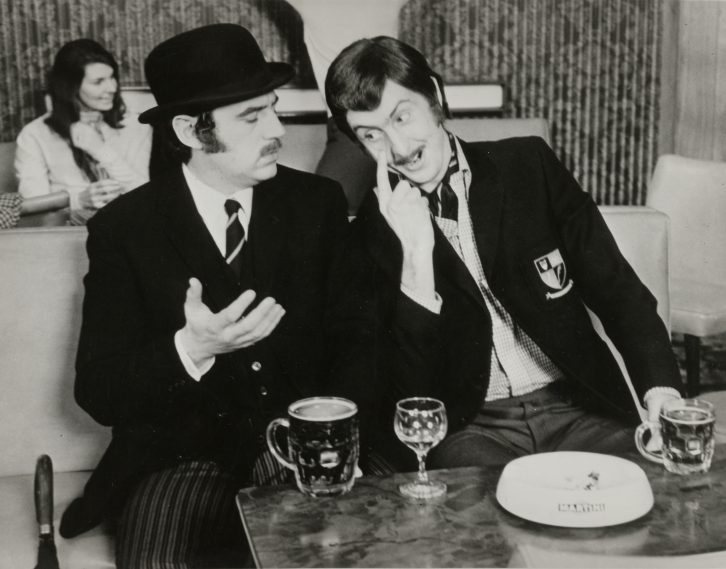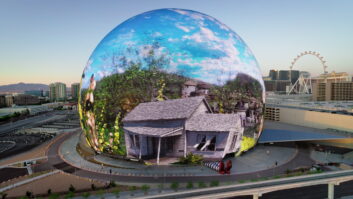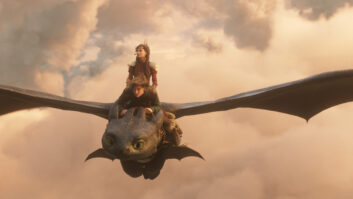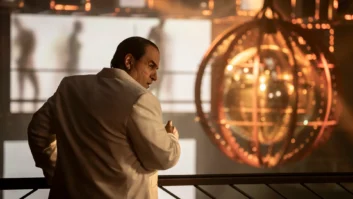Half a century ago, Monty Python crashed onto British TV screens like a giant animated foot. To celebrate 50 years since Flying Circus took off on BBC1 back in October 1969, the Pythons are launching a selection of items and events including a film season at the BFI, a commemorative “Very Silly” IPA and a world record attempt for the “largest gathering of people dressed as Gumbys.”
Closer to reality, all 45 episodes of Monty Python’s Flying Circus will be released on limited-edition Blu-ray and DVD, along with unseen and excised footage. All four series are being painstakingly restored and upscaled to HD by Network Distributing, a complicated process that’s enough to make anyone’s brain hurt.

“I can see why this hasn’t been done before, because it’s a huge task. It’s a real jigsaw puzzle mix of existing material,” explains restoration colourist Jonathan Wood. “You’ve got the original quad tapes, you’ve got 16 millimetre film, you’ve got neg and prints, you’ve got 35 millimetre, you’ve got some bits only available in NTSC, you’ve got some film recording that we’re doing colour recovery on, we’ve got everything you can think of. And that’s not unexpected because that is the era of the material. It just means it’s a very complicated puzzle to put together.”
Network’s task involves scanning, transferring and upscaling all this footage, but not before cleaning up the SD material. “Most people have got a flat-screen TV on the wall – it’s either HD or 4K, it’s a big screen,” says Wood. “These programmes are made in the era where it’s a 20-inch tube telly in the corner of the room. And the trouble is if you take those raw tapes and you just upscale them and put them on one of these modern screens, you’re going to see all the faults. You’re going to see all the noise, the dropouts, the flashes, the field phase errors, chroma errors, all sorts of things. And that’s not what it’s about; this is about getting the best presentation of these episodes as possible in a high-definition format.”
Read the full interview with Wood as well as sound editor André Jacquemin in the latest issue of TVBEurope.







